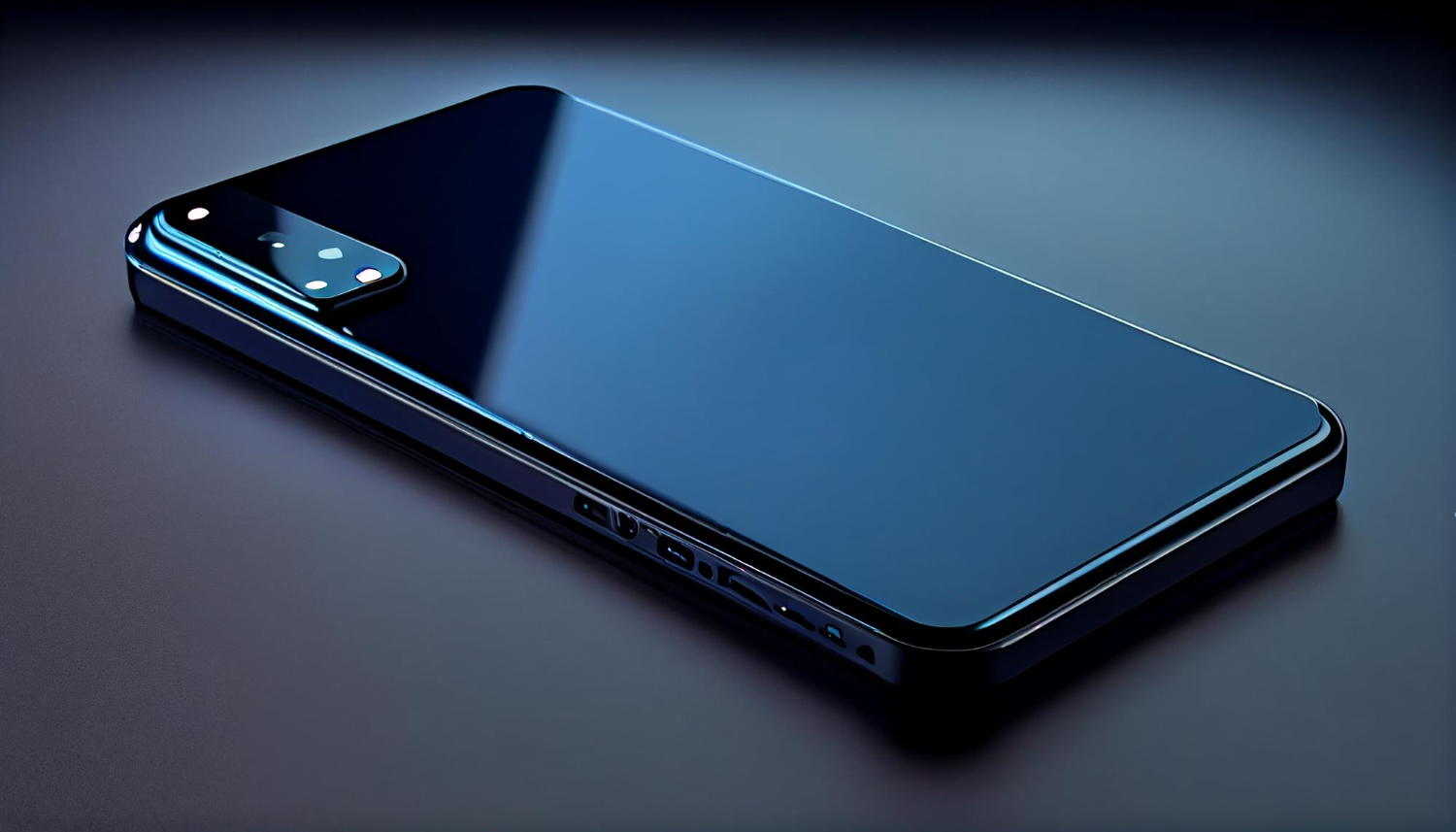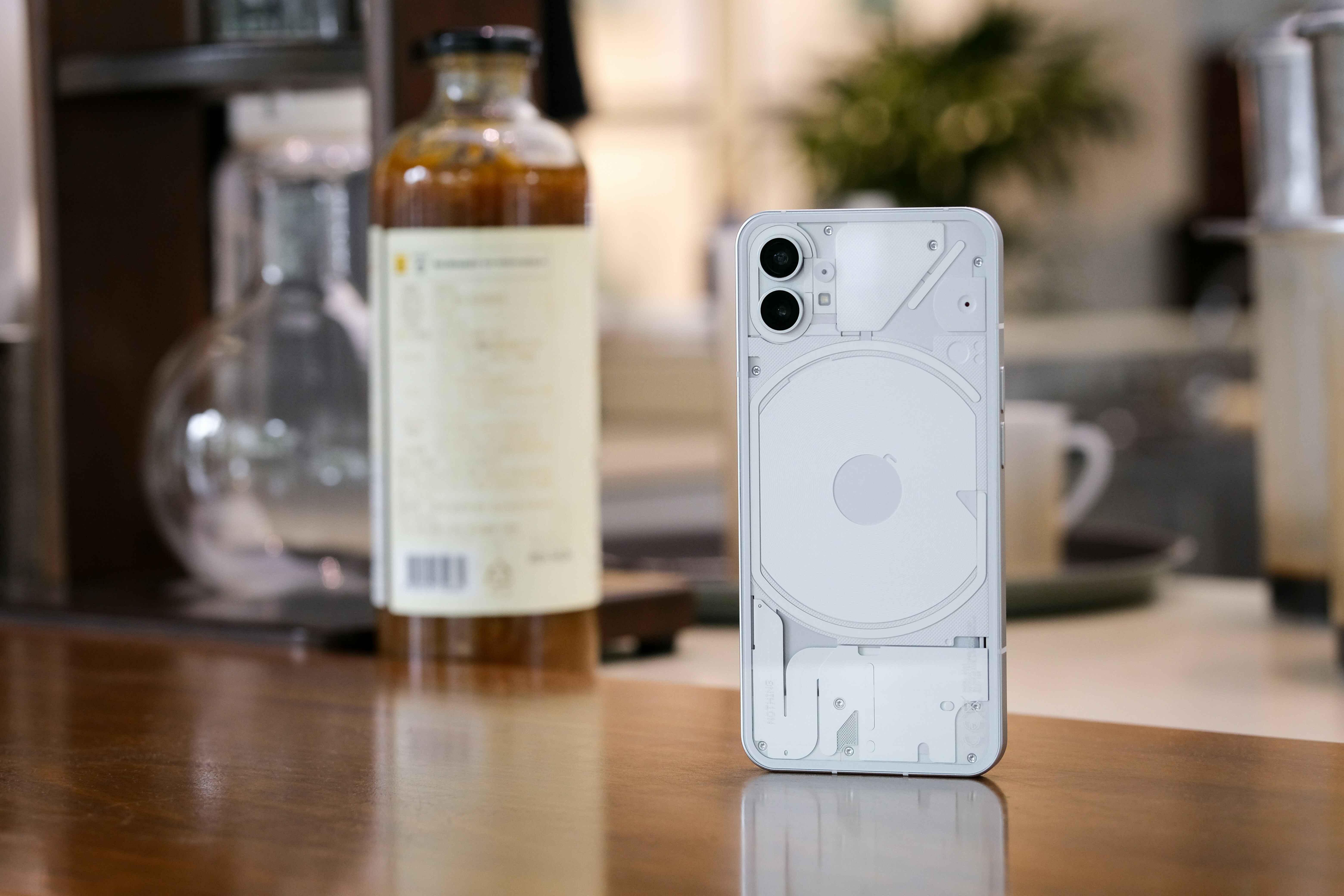The launch of the iPhone 16 has tech enthusiasts and Apple fans eagerly comparing it to its predecessor, the iPhone 13. With a host of new features and improvements, the iPhone 16 promises to be a significant upgrade. But is it worth making the switch? In this iPhone 16 vs iPhone 13 comparison, we’ll take a closer look at the differences between iPhone 16 and iPhone 13, examining their specs, features, and innovations to help you decide.
Buy Airtel Prepaid with exciting benefits!
Display and Design
Display Enhancements
-
The iPhone 16 features a 6.1-inch Super Retina XDR OLED display with a resolution of 2556 x 1179 pixels, while the iPhone 13 has a 6.1-inch Liquid Retina HD display with 2532 x 1170 pixels.
-
The iPhone 16 innovations include a significantly brighter display, reaching up to 2,000 nits compared to the 1,200 nits of the iPhone 13.
-
The iPhone 16 introduces the Dynamic Island, an interactive pill-shaped cutout not available on the iPhone 13.
Design Changes
-
The iPhone 16 sports a frosted back, departing from the glossy finish of the iPhone 13.
-
The dual cameras on the iPhone 16 are now vertically aligned, a change from the diagonal arrangement on the iPhone 13.
Camera Capabilities
Rear Camera Upgrades
-
The iPhone 16 boasts a 48-megapixel main camera and a 12-megapixel ultra-wide lens, while the iPhone 13 has dual 12-megapixel cameras.
-
The higher resolution and advanced photography features of the iPhone 16 result in better image quality and improved low-light performance.
Front Camera and Additional Features
-
Both phones have a 12-megapixel front camera.
-
The iPhone 16 includes a dedicated Camera Control button, a feature absent on the iPhone 13.
Performance and Storage
Processor and RAM
-
The A18 chip powers the iPhone 16, a significant upgrade from the A15 Bionic chip in the iPhone 13, enabling faster performance and advanced AI features.
-
The iPhone 16 comes with 8GB of RAM, double the 4GB in the iPhone 13, enhancing overall performance.
Storage Options
-
Both phones offer storage options ranging from 128GB to 512GB, with no expansion options available.
Connectivity and Battery Life
Connectivity Features
-
The iPhone 16 uses a USB-C port, replacing the Lightning port of the iPhone 13, due to EU regulations.
-
The iPhone 16 is expected to use a newer modem (Snapdragon X70) compared to the iPhone 13 (Snapdragon X60), potentially improving signal quality.
Battery Performance
-
The iPhone 16 offers up to 22 hours of video playback, a 3-hour improvement over the iPhone 13’s 19 hours.
Additional Features and Pricing
Apple Intelligence and Action Button
-
The iPhone 16 supports Apple Intelligence, which includes features like a more context-aware Siri, built-in writing support, and audio summaries, none of which are available on the iPhone 13 due to hardware limitations.
-
The iPhone 16 features a programmable Action button, replacing the Mute switch of the iPhone 13.
Pricing and Availability
-
The iPhone 16 starts at ₹99,900 for the 128GB model, which is slightly more expensive than the launch price of the iPhone 13 at ₹79,900.
-
Users can trade in their iPhone 13 to get credit towards the new purchase.
Conclusion
In this iPhone 16 vs iPhone 13 comparison, we’ve explored the key differences between iPhone 16 and iPhone 13. The iPhone 16 has significantly better camera capabilities, processing power, display features, and additional functionalities. While the iPhone 13 remains a capable device, the iPhone 16 innovations offer a compelling upgrade for those seeking the latest Apple technology.
If you’re considering upgrading from an iPhone 13 to an iPhone 16, it’s worth exploring Airtel’s prepaid plans. Airtel offers a range of affordable prepaid options with generous data allowances, unlimited calling, and additional benefits like access to OTT platforms. These plans cater to various needs and budgets, ensuring you can make the most of your new iPhone 16.
Ultimately, whether you choose to upgrade depends on your specific needs and preferences. By weighing the iPhone 16 features vs iPhone 13 features and considering factors like budget and mobile plan options, you can make an informed decision that best suits your smartphone requirements.



